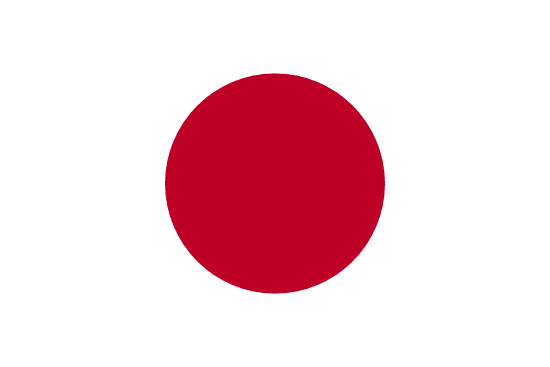"北海道開拓の精神 | The spirit of Hokkaido's frontier"
About:
Hokkaido, the northernmost of Japan's main islands, was inhabited by the indigenous Ainu people before being integrated into Japan in the late 19th century. Known as Ezo in early history, it was renamed Hokkaido in 1869. The Meiji government initiated a development plan, bringing in a wave of settlers and establishing Sapporo as its capital. Hokkaido's modern history is marked by rapid industrialization, agricultural development, and the struggle for Ainu rights. Today, it's known for its natural beauty and distinct culture.
When to visit:
Hokkaido, the northernmost island of Japan, is a popular destination for tourists seeking a unique and diverse travel experience. The best time to visit Hokkaido on a holiday is during the winter months, particularly from December to February, when the island transforms into a winter wonderland with its famous snow festivals and world-class skiing resorts. Hokkaido's summer, from June to August, is also a popular time to visit for its pleasant weather, blooming flowers, and outdoor activities such as hiking and wildlife watching. Spring and autumn offer mild weather and beautiful foliage, making them ideal times to explore Hokkaido's natural landscapes and enjoy seasonal foods such as fresh seafood and local produce.
When to avoid:
The worst time to travel to Hokkaido on a holiday is during the peak of winter, from December to February. This period is characterized by heavy snowfall, freezing temperatures, and strong winds, making travel difficult and potentially dangerous. Many tourist attractions and outdoor activities are limited or closed during this time, and transportation delays are common due to icy roads and disrupted schedules. Travelers seeking to avoid extreme weather conditions and fully enjoy their holiday experience in Hokkaido may consider visiting during the milder seasons of spring, summer, or autumn.
"Winter Season (Dec-Feb)"
In winter (December-February), Hokkaido, Japan, experiences its coldest and wettest season. Temperatures can plummet to -12°C, with heavy snowfall often exceeding 2 meters in mountainous regions. Rainfall is moderate, averaging 60-80mm per month. Sunlight is limited, with an average of 2-3 hours per day, and thick cloud cover is common. On an average day, visitors can expect frosty mornings, snow-laden landscapes, and chilly nights. It's the perfect time for winter sports enthusiasts or those who enjoy the serene beauty of a snow-covered environment.
"Summer (June-August)"
The warmest part of the year in Hokkaido, Japan is from June to August, which is the summer season. During this time, the average temperatures range from 20°C to 28°C (68°F to 82°F). Rainfall is relatively high, especially in July and August, with monthly averages of about 80mm to 120mm.
Despite the rain, summer in Hokkaido is generally sunny, with an average of 6 to 7 hours of sunlight per day. Humidity levels are moderate, usually around 70-75%, which is less humid than the rest of Japan. As for cloudiness, there are more clear days in summer compared to other seasons, but there can still be some cloudy or overcast days.
For a visitor, a typical summer day in Hokkaido would feel quite pleasant, especially when compared to the hot and humid summers in the rest of Japan. The weather is warm but not excessively hot, making it comfortable for outdoor activities. There might be occasional rain showers, so it's advisable to carry an umbrella. The long hours of sunlight provide ample opportunity to explore the beautiful landscapes of Hokkaido. The moderate humidity also means that it doesn't feel too sticky or uncomfortable. However, the weather can change quickly, so it's wise to be prepared for sudden shifts in temperature and rainfall.
Language:
In Hokkaido, the most commonly spoken language is Japanese, specifically the Hokkaido dialect. This dialect has influences from the native Ainu language, although Ainu itself is now rarely spoken and considered endangered. English is also understood in tourist areas and by some locals.




